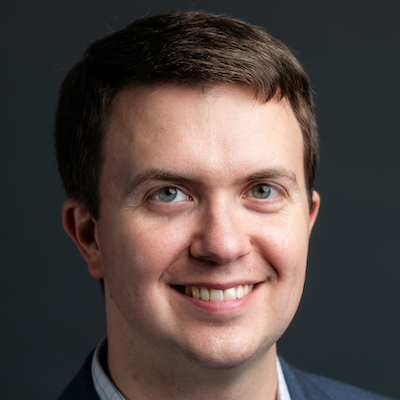Turning technology into an accelerant for truth
Earlier this month, Maria Ressa shared something with me that I’ve been thinking about ever since.
Maria — the winner of this year’s Nobel Peace Prize alongside Russian journalist Dmitry Muratov — was talking with me on The Frontline Dispatch podcast about how this was the first time since 1935 that a journalist has won the award — and how she feels conditions are similar today in terms of what she calls “a global rise in fascism, a word I don’t use lightly.”
“Carl von Ossietzky never got to accept his award, because he was languishing in a Nazi concentration camp,” she said. “The more I read about Carl, about the last time a journalist won this, the more I realized that: Yes, it could get better, but it could also get much worse. I think this moment is existential, and the accelerant is technology.
“We are at a point where — just like the conditions that led to World War II — we have no idea what the facts are,” said Maria, who with her news organization Rappler has been at the forefront of reporting on Philippines President Rodrigo Duterte’s drug war and the spread of pro-Duterte disinformation on social media. “And, you know, living in a world without facts — again, we saw this in A Thousand Cuts [the Frontline documentary on Ressa, by director Ramona S. Diaz]— when you live in a world without facts, you can’t have truth. You can’t have trust. And when you don’t have that, your shared reality is torn apart.”
The leading tech platforms have been instrumental in tearing apart that shared reality. Tech companies should be policing themselves, holding themselves to account — but in many cases, they’re not. So in the meantime, in the year ahead, my belief is that journalists should use every tool at our disposal to try to maintain and rebuild a shared reality in the face of growing, global threats — and to try to harness technology as an accelerant for truth in a worldwide environment where it’s often used to facilitate disinformation instead.
Maria is doing this — “You’ve got to fight tech with tech, right?,” she told me — in the Philippines by using technology to build what she calls “communities of action.” She’s helping to assemble a fact-checking consortium among news groups to try to help identify online disinformation in near real-time, and working with civic engagement, legal, and academic partners. “We need to make sure facts survive, right?”
In the year ahead, we’ll see more and more news organizations building coalitions and using sophisticated technology to help ensure that facts survive — and to expose those facts in the first place.
It’s already happening: This year, we saw news organizations coming together to sift through and report out revelations about Facebook’s impact on democracy from a whistleblower’s leaked papers. In our own work at Frontline, we’ve become more involved in global collaborations that combine reporting expertise and resources from around the world with technological muscle. Key examples include the Pegasus Project, which exposed how a powerful hacking tool called Pegasus, sold to governments around the world by the Israeli surveillance company NSO Group, has been used to spy on journalists, human rights activists, and others; and the Pandora Papers, a massive leak of financial documents that revealed the global entanglement of political power and secretive offshore finance, and how U.S. trusts are sheltering millions in controversial assets.
Central to the Pandora Papers effort was a searchable, secure, and secret database of nearly 12 million leaked financial files. It was built by technicians at the International Consortium of Investigative Journalists, the group that led the Pandora Papers investigation among 150 media organizations including Frontline. “So that means — it doesn’t matter if you’re in Tokyo, Japan, or, you know, Rio de Janeiro, Brazil, or Lagos, Nigeria — if you work on the project, you can search this database,” ICIJ reporter Will Fitzgibbon told me on the podcast last month.
That technology allowed hundreds of reporters around the world to join forces in secure ways, and to tell a global accountability story with implications that continue to reverberate.
“For decades now, criminals and powerful politicians have been using the offshore financial system and hiding details from the public,” Fitzgibbon said. “And it’s now up to journalists to catch up and to collaborate…As many people smarter than me say, you know, if money and criminality know no boundaries, then why should journalism?”
It’s on journalists to use technology to help ensure that our reporting reaches the people to whom it will matter most. For example, in the case of A Thousand Cuts, after Philippine distributors and TV broadcasters did not license the film, we secured full streaming rights in the country so that it would be available for the people most impacted to view via our own platforms and on YouTube.
In the year to come, journalists must and will continue to collaborate and innovate in the service of helping facts survive and maintaining a shared reality.
Raney Aronson-Rath is executive producer of Frontline.
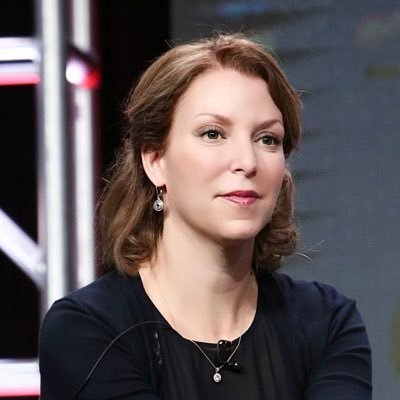
Earlier this month, Maria Ressa shared something with me that I’ve been thinking about ever since.
Maria — the winner of this year’s Nobel Peace Prize alongside Russian journalist Dmitry Muratov — was talking with me on The Frontline Dispatch podcast about how this was the first time since 1935 that a journalist has won the award — and how she feels conditions are similar today in terms of what she calls “a global rise in fascism, a word I don’t use lightly.”
“Carl von Ossietzky never got to accept his award, because he was languishing in a Nazi concentration camp,” she said. “The more I read about Carl, about the last time a journalist won this, the more I realized that: Yes, it could get better, but it could also get much worse. I think this moment is existential, and the accelerant is technology.
“We are at a point where — just like the conditions that led to World War II — we have no idea what the facts are,” said Maria, who with her news organization Rappler has been at the forefront of reporting on Philippines President Rodrigo Duterte’s drug war and the spread of pro-Duterte disinformation on social media. “And, you know, living in a world without facts — again, we saw this in A Thousand Cuts [the Frontline documentary on Ressa, by director Ramona S. Diaz]— when you live in a world without facts, you can’t have truth. You can’t have trust. And when you don’t have that, your shared reality is torn apart.”
The leading tech platforms have been instrumental in tearing apart that shared reality. Tech companies should be policing themselves, holding themselves to account — but in many cases, they’re not. So in the meantime, in the year ahead, my belief is that journalists should use every tool at our disposal to try to maintain and rebuild a shared reality in the face of growing, global threats — and to try to harness technology as an accelerant for truth in a worldwide environment where it’s often used to facilitate disinformation instead.
Maria is doing this — “You’ve got to fight tech with tech, right?,” she told me — in the Philippines by using technology to build what she calls “communities of action.” She’s helping to assemble a fact-checking consortium among news groups to try to help identify online disinformation in near real-time, and working with civic engagement, legal, and academic partners. “We need to make sure facts survive, right?”
In the year ahead, we’ll see more and more news organizations building coalitions and using sophisticated technology to help ensure that facts survive — and to expose those facts in the first place.
It’s already happening: This year, we saw news organizations coming together to sift through and report out revelations about Facebook’s impact on democracy from a whistleblower’s leaked papers. In our own work at Frontline, we’ve become more involved in global collaborations that combine reporting expertise and resources from around the world with technological muscle. Key examples include the Pegasus Project, which exposed how a powerful hacking tool called Pegasus, sold to governments around the world by the Israeli surveillance company NSO Group, has been used to spy on journalists, human rights activists, and others; and the Pandora Papers, a massive leak of financial documents that revealed the global entanglement of political power and secretive offshore finance, and how U.S. trusts are sheltering millions in controversial assets.
Central to the Pandora Papers effort was a searchable, secure, and secret database of nearly 12 million leaked financial files. It was built by technicians at the International Consortium of Investigative Journalists, the group that led the Pandora Papers investigation among 150 media organizations including Frontline. “So that means — it doesn’t matter if you’re in Tokyo, Japan, or, you know, Rio de Janeiro, Brazil, or Lagos, Nigeria — if you work on the project, you can search this database,” ICIJ reporter Will Fitzgibbon told me on the podcast last month.
That technology allowed hundreds of reporters around the world to join forces in secure ways, and to tell a global accountability story with implications that continue to reverberate.
“For decades now, criminals and powerful politicians have been using the offshore financial system and hiding details from the public,” Fitzgibbon said. “And it’s now up to journalists to catch up and to collaborate…As many people smarter than me say, you know, if money and criminality know no boundaries, then why should journalism?”
It’s on journalists to use technology to help ensure that our reporting reaches the people to whom it will matter most. For example, in the case of A Thousand Cuts, after Philippine distributors and TV broadcasters did not license the film, we secured full streaming rights in the country so that it would be available for the people most impacted to view via our own platforms and on YouTube.
In the year to come, journalists must and will continue to collaborate and innovate in the service of helping facts survive and maintaining a shared reality.
Raney Aronson-Rath is executive producer of Frontline.
Don Day

Matt Karolian
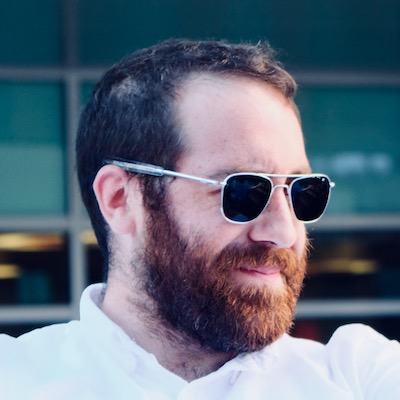
Jennifer Coogan

Sam Guzik
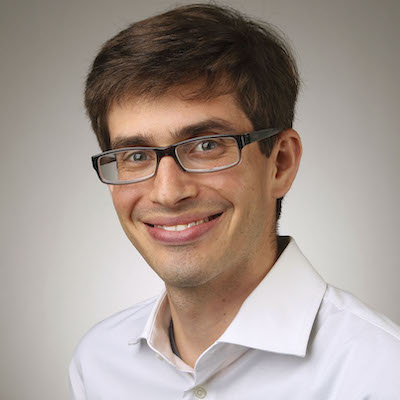
Parker Molloy

Cindy Royal

Victor Pickard
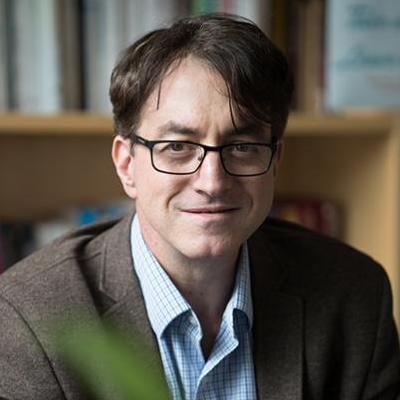
Candace Amos
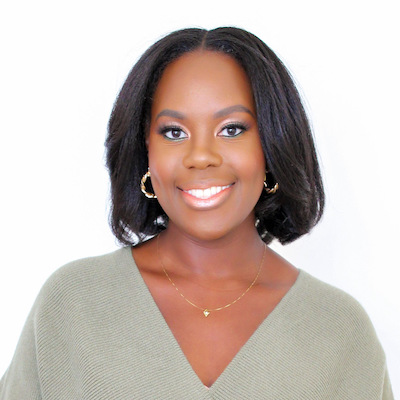
Tom Trewinnard
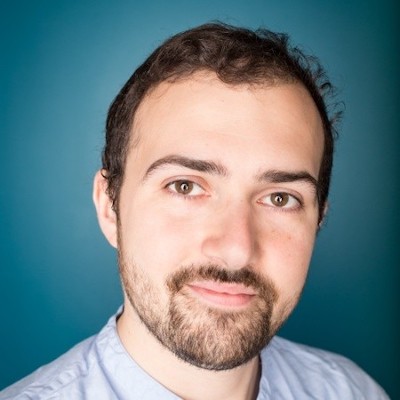
Tony Baranowski

Catalina Albeanu

Juleyka Lantigua

Gabe Schneider
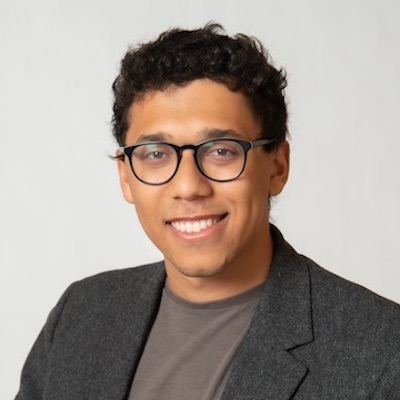
Julia Munslow
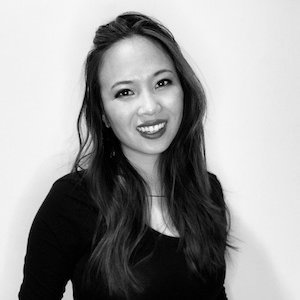
Chicas Poderosas

Francesco Zaffarano

Anthony Nadler

Joy Mayer

Doris Truong
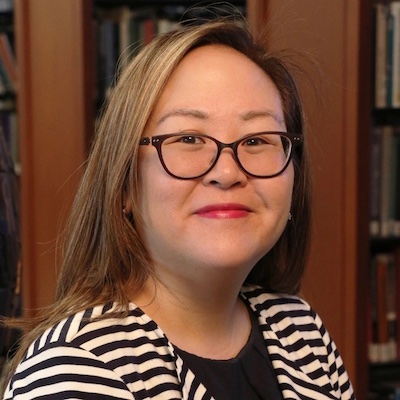
Laxmi Parthasarathy
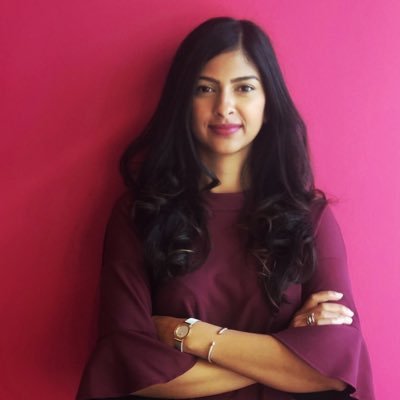
Rasmus Kleis Nielsen

Alice Antheaume
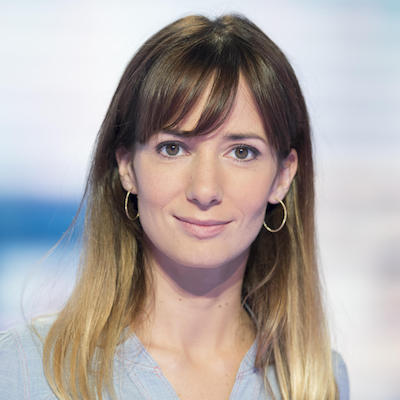
Jesse Holcomb
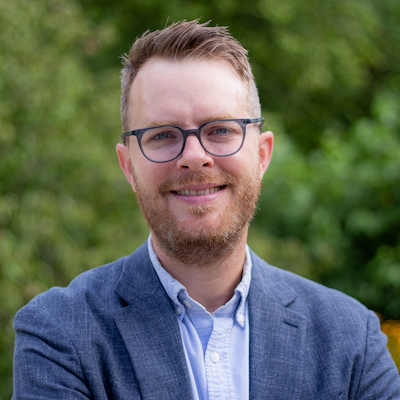
Izabella Kaminska
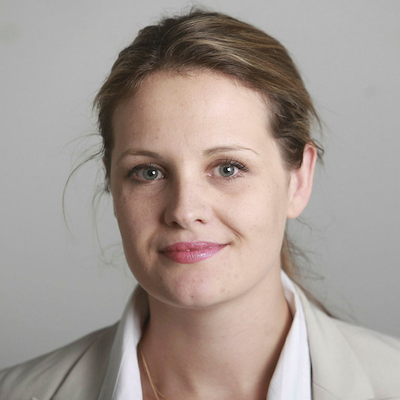
John Davidow

Joni Deutsch
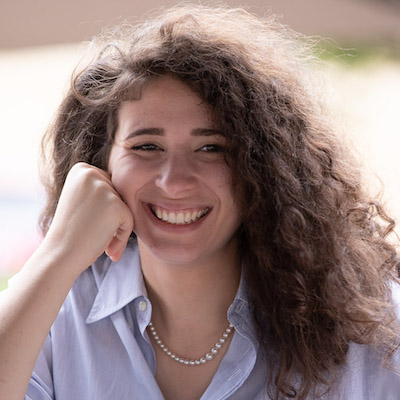
AX Mina

Kerri Hoffman
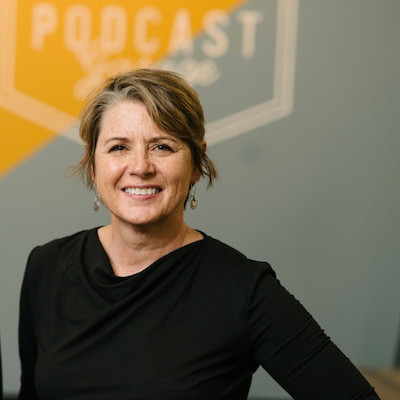
Zizi Papacharissi
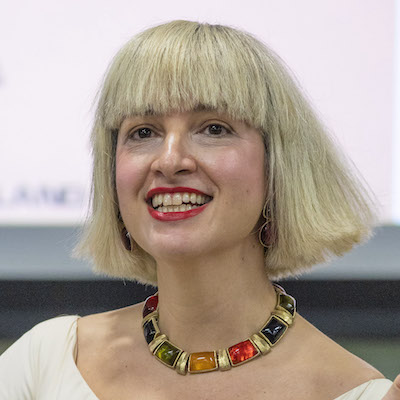
Robert Hernandez
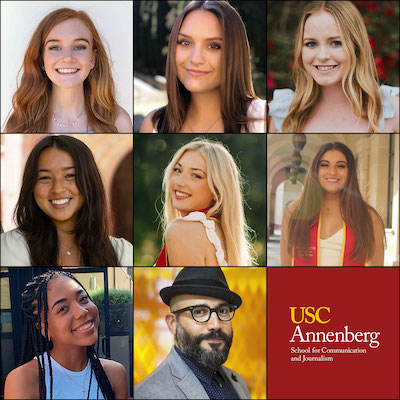
Sarah Marshall

Meena Thiruvengadam

Cristina Tardáguila
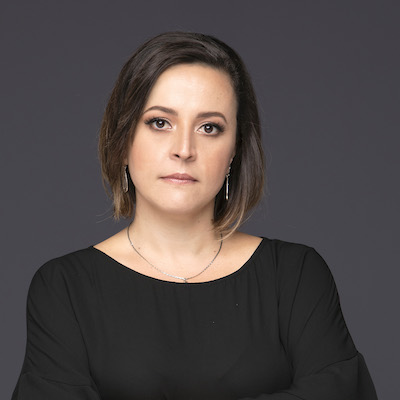
Kristen Jeffers
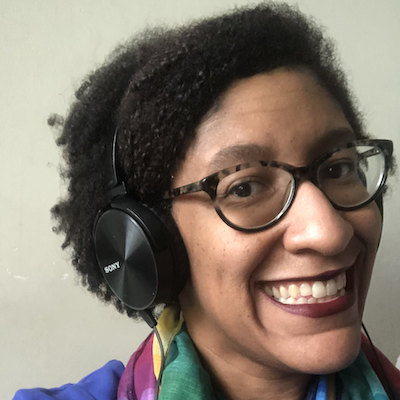
Brian Moritz

Richard Tofel

Ariel Zirulnick
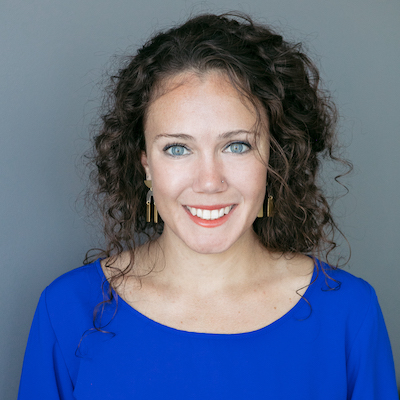
Paul Cheung
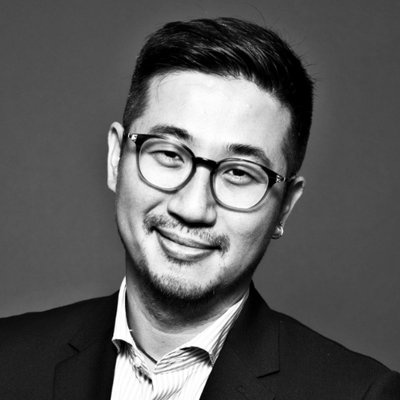
Burt Herman

A.J. Bauer
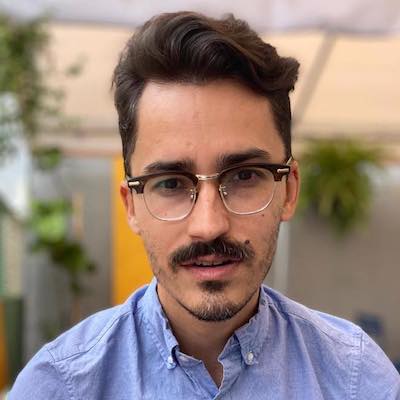
Mandy Jenkins

Mike Rispoli
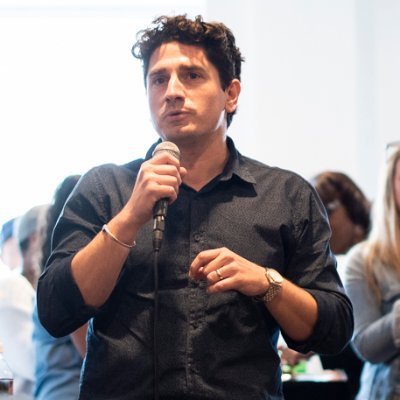
Amara Aguilar

Errin Haines

Whitney Phillips

Jim Friedlich
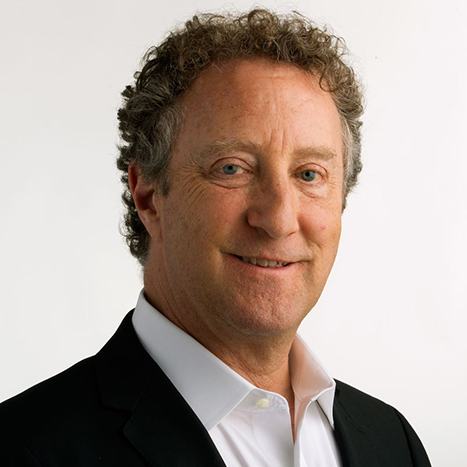
Matthew Pressman
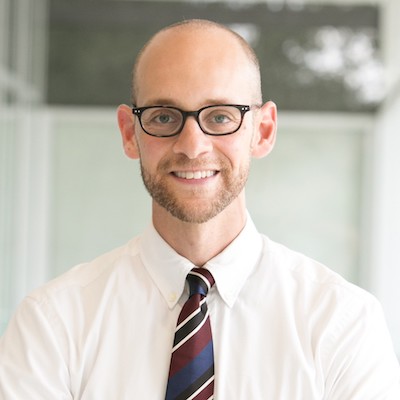
Andrew Freedman

Anita Varma
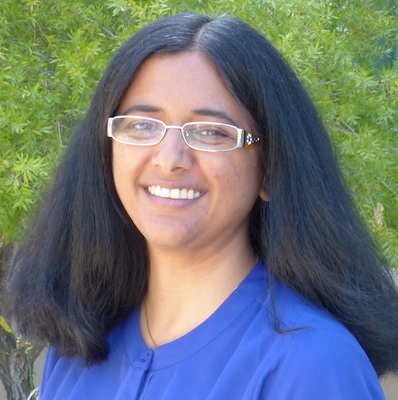
Raney Aronson-Rath

Jessica Clark

Larry Ryckman

Moreno Cruz Osório

Matt DeRienzo
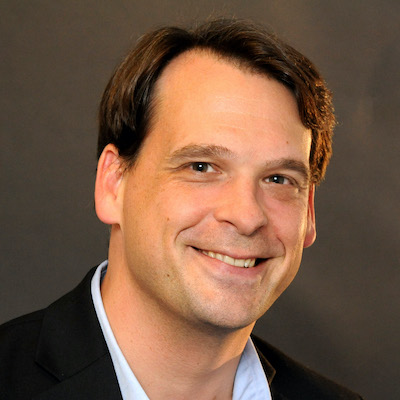
Christina Shih

James Green

Millie Tran

Christoph Mergerson
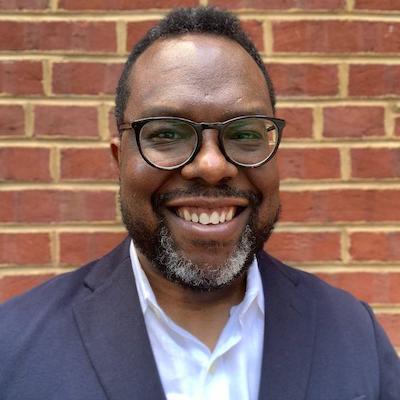
Wilson Liévano
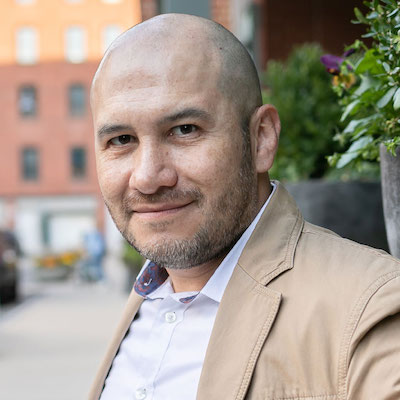
Jonas Kaiser

Tamar Charney
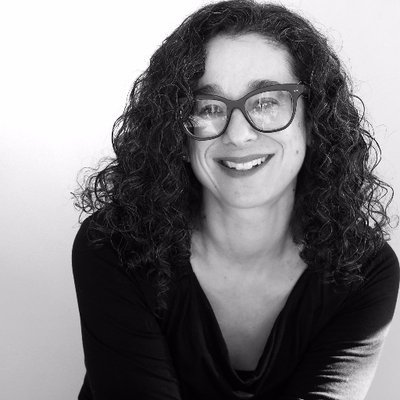
Cherian George
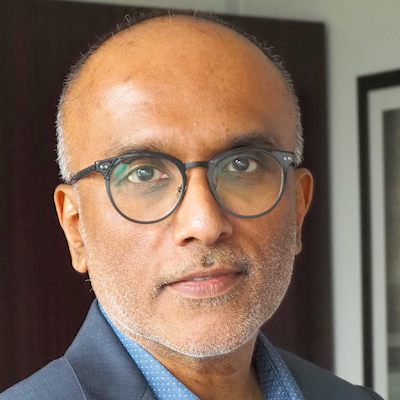
Megan McCarthy

Chase Davis

Stephen Fowler

David Cohn

Melody Kramer

Janelle Salanga

Joanne McNeil

Nikki Usher

Ståle Grut

Shannon McGregor Carolyn Schmitt

Jesenia De Moya Correa
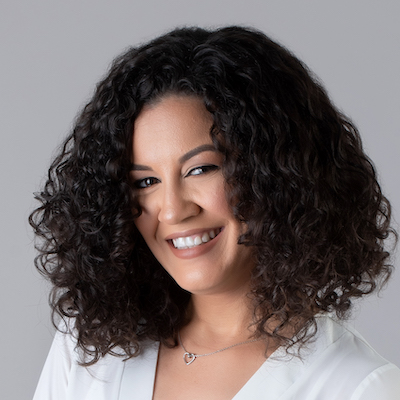
Simon Allison
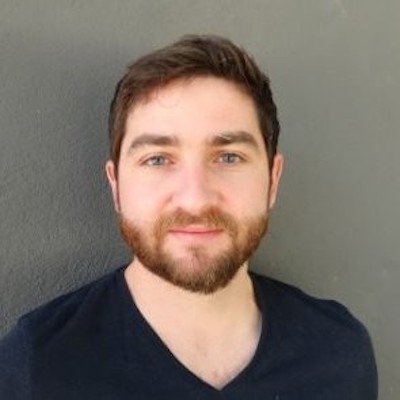
Julia Angwin
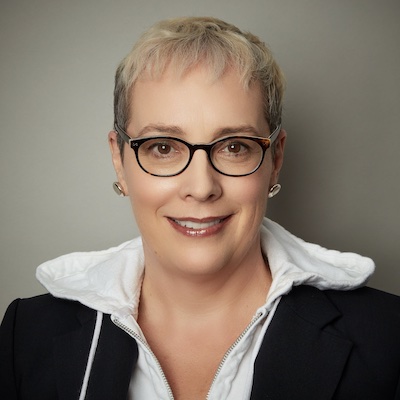
Gonzalo del Peon

Rachel Glickhouse

Eric Nuzum
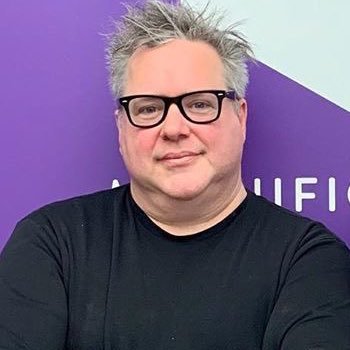
Stefanie Murray

David Skok
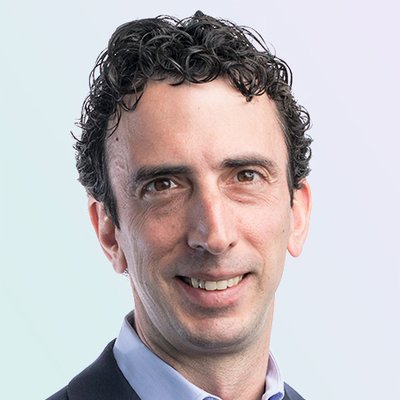
Sarah Stonbely

Kathleen Searles Rebekah Trumble

Shalabh Upadhyay
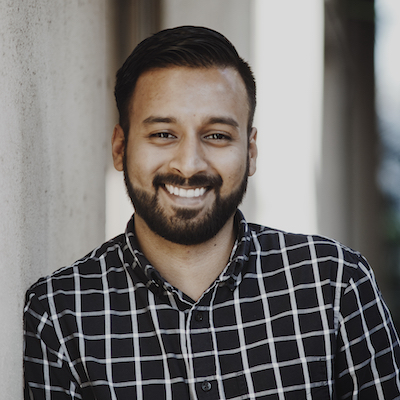
Natalia Viana
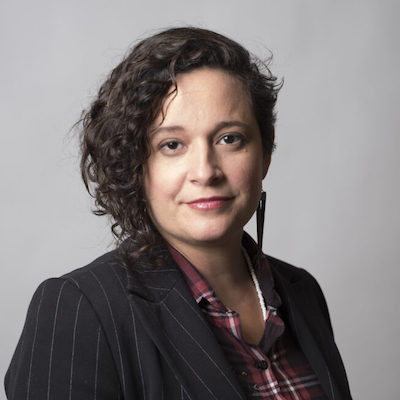
Gordon Crovitz

Mario García
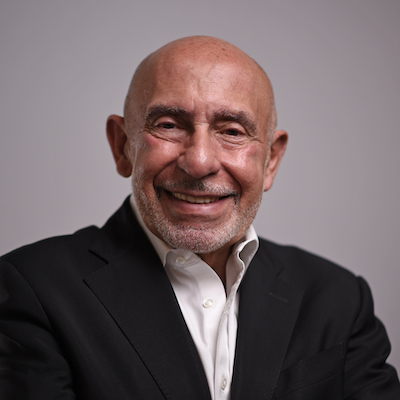
Daniel Eilemberg
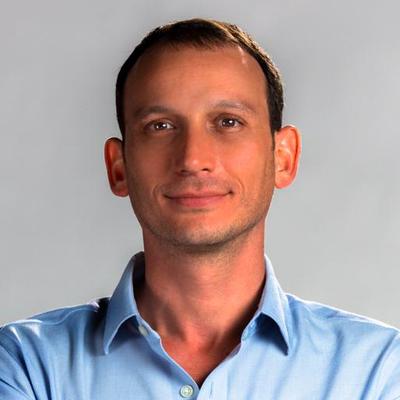
Michael W. Wagner

Kendra Pierre-Louis

Jody Brannon

Anika Anand

Mary Walter-Brown

Jennifer Brandel

j. Siguru Wahutu
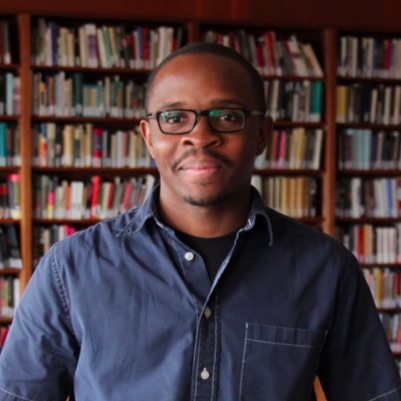
Amy Schmitz Weiss
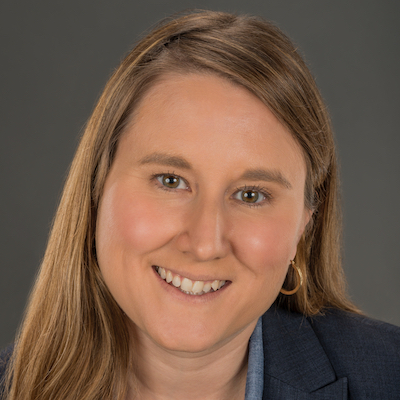
S. Mitra Kalita
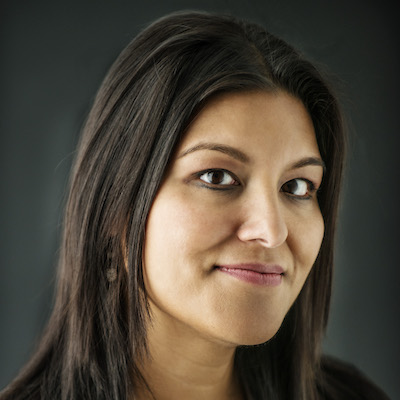
Joe Amditis

Simon Galperin

Kristen Muller
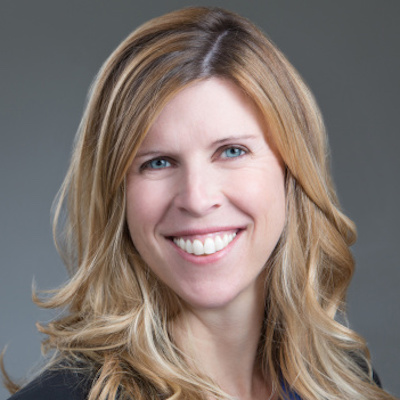
Joshua P. Darr
